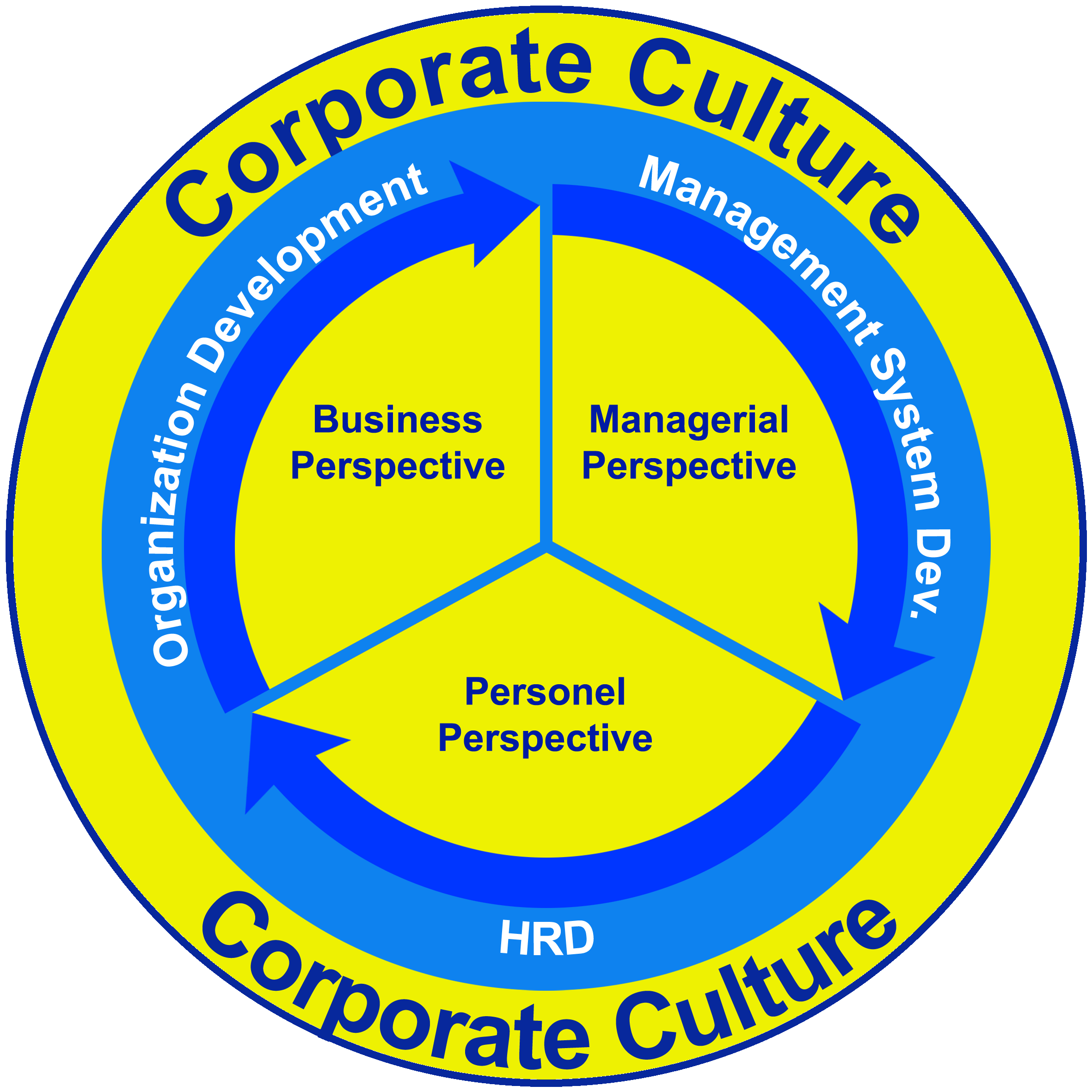 1) They embrace their faith.
1) They embrace their faith.
Having faith ensures a life filled with hope, a life filled with purpose and life that has meaning. When I say “faith,” I’m not talking about faith in a person, a government, a trust fund, etc. I’m talking about faith in something bigger than us; something amazing. In my case, it’s blind-but-now-I-see faith. As you may know, I’m a Christian, but I’m not even going there. I’m going with a scientific and medical approach: data indicates that people of faith cope with life’s difficulties in a more positive way. They tend to bounce back faster, they move forward more fearlessly. Don’t get me wrong, people who have no bigger-than-us faith can certainly be happy, but happiness without faith is circumstantial. Faith gives birth to an internal joy that circumstances cannot alter. Being a person of faith, it’s difficult for me to see the other side. I’m sure there are exceptions to this data set, as there are for most things. But if you read nearly ANY happy-people or successful-people articles, they all include faith as a factor. I cannot emphasize the importance of this enough.
2) They dream big but work strategically.
Unfortunately, being hyper realistic doesn’t always make for the happiest of people. It normally doesn’t make for the most successful of people either. People who aren’t afraid to dream big tend to have fewer limitations and therefore achieve more. Where would we be without big dreamers? When was the last time you met a super happy person who didn’t have ambition? Moreover, they don’t apologize or make excuses for those big dreams – no matter how ridiculous a more “practical” person might think they are. HOWEVER, dreaming big doesn’t stop a happy person from working strategically – in the real world – toward the realization of those dreams. Everybody thought the Wright brothers were nutso, because they dreamed BIG – guess what though; they worked strategically, on the ground, long before they ever flew.
3) They LOVE and SERVE others.
There’s an old adage that suggests the quickest way to forget your own problems is to help someone else with theirs. It’s SO true. People who are solely focused on themselves are intrinsically less happy than those who have legitimate caring for others; selfless, loving care. Truly happy people are happy when others are happy. They’re happy just being happy that others are happy. It’s a beautiful circle. It doesn’t take a whole lot, and as someone who genuinely loves people, I can personally vouch for this one. Happy people smile at other people, they wave at strangers and they give off a really good ‘vibe.’ Happy people don’t want to be happy alone. Who wants to hang out with a bunch of sour-lemon eaters all the time? The happiest people I know are people who enjoy being around other happy people. For this reason, they do things to ensure the people in their lives are also happy. They try to use their successes and their talents or gifts to bless other people with reasons to be happy alongside them. Yes, misery loves company. But, happiness loves company too. The good news is that happiness is  more contagious than misery. Don’t believe me? Check this out from WebMD:
more contagious than misery. Don’t believe me? Check this out from WebMD:
“New research from Harvard Medical School and the University of California, San Diego suggests that happiness is influenced not only by the people you know, but by the people they know.
The study showed that happiness spreads through social networks, sort of like a virus, meaning that your happiness could influence the happiness of someone you’ve never even met.
Sadness spreads too, but much less efficiently, says study co-author James H. Fowler, PhD, of the University of California-San Diego.
“We have known for a long time that there is a direct relationship between one person’s happiness and another’s,” Fowler tells WebMD.”
4) They take care of themselves.
Happy people usually feel pretty good. It’s difficult to feel happy or be successful when you also feel crappy. Yes, again, there are exceptions to this rule. But, let’s face it, people who are super bubbly usually feel super bubbly.
5) They view rejection and criticism from a positive point of view.
No matter how we try, we can’t change other people. We can only change the way we react to those people. If someone in your life is super negative, mean or harsh when they provide you with criticism and/or advice, or if they reject you outright, it’s up to YOU to spin that negative into a positive (this is true of way more than just rejection and criticism, but these two seem to be some of the biggest things people struggle to accept). The happiest and most successful people in the world can quickly turn a criticism into a learning experience and a rejection into protection from something worse down the road.
6) They practice positivity.
I say practice because this is a skill that anyone can learn and it certainly takes practice. A positive outlook on life is a CHOICE, just as your attitude is a choice. ** Disclaimer: I am not speaking to clinical depression or other legitimate mental disorders that result in altered brain chemistry. While I think practicing positivity is a good way to cope with depression, I fully understand the REALITY of brain chemistry and  it’s impact on depression. I am talking to people who make the conscious choice to be life-long crab-apples. If you don’t make the effort to change your outlook, you’ll still be crabby ten years from now. Practicing positivity means making the CONSCIOUS choice to look on the brighter side of every situation. Happy, successful people DO NOT take themselves too seriously and they aren’t afraid to laugh, a lot, out loud. Laughter is great medicine.
it’s impact on depression. I am talking to people who make the conscious choice to be life-long crab-apples. If you don’t make the effort to change your outlook, you’ll still be crabby ten years from now. Practicing positivity means making the CONSCIOUS choice to look on the brighter side of every situation. Happy, successful people DO NOT take themselves too seriously and they aren’t afraid to laugh, a lot, out loud. Laughter is great medicine.
7) They are DOERS.
This is an easy one, and pretty self-explanatory. If you’re doing, you’re not brooding. Happy and successful people are living in forward momentum. They want to get stuff done and have something to show for it at the end of the day – even if what they have to show is simply the memory of doing something memorable, like watching a great movie with their kids or even something more extreme, like hang gliding. In short, happy, successful people are not lazy people. Harsh? Maybe. True? Absolutely.
8) They live in the present and the dream in the future.
Past is past for a reason. Happy people do not try to live in the past. They remember the past, they learn from the past, but they DO NOT relive the past over and over. The stuff that’s in that baggage of the past won’t fit the person of today anyway. People who are truly happy have let go of their past baggage and they focus on what they’re doing today and they dream of where they’ll be in the future. It’s a bit of a challenge to let go, but again, much of being a happy person is having mental discipline. All this stuff takes some practice, but it’s so worth it in the long run.
9) They clearly, vividly, and purposefully define their goals and they BELIEVE they can achieve them.
Vague goals aren’t usually effective. You want to lose weight? Great, how much weight exactly? You want to go on a mission trip? Great, where to? You want a new car? Great, what kind of car exactly? When I started clearly defining my goals, I became much more focused on achieving them, and believe it or not, achievement came much faster. But setting goals isn’t enough. You have to believe you can actually achieve those goals. Whether you want to be a bestselling author or someday own a sailboat, you need to be able to see yourself in that future. This can be challenging also, especially when your goal seems very far removed from where you are currently. Yes, dream big, set the bar high – but not so high you don’t believe you’ll actually clear it. You can always set an even higher goal after you’ve cleared the first one. It helps me to actually visualize myself reaching the goal. What will it feel like, what will it do for my family? What will it mean for those I love? Will it help me help other people? What will it look like, smell like? I know that sounds hokey-pokey, but as sure as I sit here, it really does work. I know, because I’ve lived it. I close my eyes and clearly picture myself achieving it – it makes BELIEVING you can do it so much easier.
 10) They understand that they won’t be happy all the time.
10) They understand that they won’t be happy all the time.
There’s a myth among mankind that happy people can’t be hurt, or that they don’t feel anger, pain, etc. Unfortunately, this means that happy and successful people are often left holding the short end of the stick in certain situations. I can’t tell you how many times I’ve heard, “I didn’t think you’d mind,” or “she’s more sensitive than you are so we went a different way” or something like “he needs this account more than you do.” People who are truly happy understand this fact. They also get that they don’t have to be happy IN EVERY MOMENT. But that’s not the important part. The important part is – they’re OKAY with it. Yes, they’ll look for the bright side, they’ll bounce back, and so on, but not every moment has to be a happy moment. Being able to effectively handle negative emotions is a sign of emotional intelligence (this is a real thing, look it up), and it makes for a well-rounded, healthy individual. And not only that, statistically and historically, emotionally intelligent people are more successful over time (as in, with longevity) than their counterparts. Intrinsic happiness INCLUDES an understanding of other emotions as well, which is exactly where we get the phrase, “I need a good cry.”
😉
Now get out there and get HAPPY!


 These same marketing techniques can be used to greatly affect your large corporate accounts because the decision makers within these corporations are still people. They may represent an entire company, but executives and board members want to be a part of something great, just as much as they next guy…maybe even more.
These same marketing techniques can be used to greatly affect your large corporate accounts because the decision makers within these corporations are still people. They may represent an entire company, but executives and board members want to be a part of something great, just as much as they next guy…maybe even more. Time is our most valuable and limited commodity. We all have a finite amount. We all get 24 hours in a day (A lot or a little depending on your outlook). One of the most common issues I come across when working with clients is a general disregard for the value of time and a general lack of concern for the fact that, well, time WILL come to an end for all of us at some point. How do we determine the value of our time and what do we do with the time we have left once we finally wake up to the fact that yes, time is running out?
Time is our most valuable and limited commodity. We all have a finite amount. We all get 24 hours in a day (A lot or a little depending on your outlook). One of the most common issues I come across when working with clients is a general disregard for the value of time and a general lack of concern for the fact that, well, time WILL come to an end for all of us at some point. How do we determine the value of our time and what do we do with the time we have left once we finally wake up to the fact that yes, time is running out? *) Here’s a side note for you; you can be good at something and still hate it – but that is RARE. Most people REALLY ENJOY THE THINGS THEY’RE GOOD AT! When was the last time you met a really great artist who hated creating art? Probably never.
*) Here’s a side note for you; you can be good at something and still hate it – but that is RARE. Most people REALLY ENJOY THE THINGS THEY’RE GOOD AT! When was the last time you met a really great artist who hated creating art? Probably never.  show for it. Why? Because they’re NOT WORKING IN THEIR SWEET SPOTS. If you’re not good at something, and you hate doing it – there’s a good chance, no, a GREAT chance that you’re slower at it than you are at something for which you have talent or passion. For example, if you know you need a website to launch your health and wellness business, but you don’t know anything about websites and you don’t LIKE web design and you even hate the idea of learning about domains, you’re NOT going to be quick and you’re certainly not going to have the best website in your market.
show for it. Why? Because they’re NOT WORKING IN THEIR SWEET SPOTS. If you’re not good at something, and you hate doing it – there’s a good chance, no, a GREAT chance that you’re slower at it than you are at something for which you have talent or passion. For example, if you know you need a website to launch your health and wellness business, but you don’t know anything about websites and you don’t LIKE web design and you even hate the idea of learning about domains, you’re NOT going to be quick and you’re certainly not going to have the best website in your market. Money is another factor that keeps people from valuing their time as they should. Because somehow, though it doesn’t logically make sense, they’d rather spend 100 hours of their time doing something they aren’t really gifted toward than to make the investment and let a professional finish the SAME PROJECT in a fraction of the time. There’s a good chance this group has never taken the value time test, nor have they counted up how many hours they’ve actually spent doing what they hate/are terrible at doing. To these people I say, since time is your most valuable and most rapidly depleting non-refundable, non-renewable resource… WHY AREN’T YOU PAYING CLOSER ATTENTION TO IT (I mean, do you just waste money all over town, doing things you hate to boot, without ever thinking about the funding source)? NO, you do not. Unless you’re, again, mentally unstable.
Money is another factor that keeps people from valuing their time as they should. Because somehow, though it doesn’t logically make sense, they’d rather spend 100 hours of their time doing something they aren’t really gifted toward than to make the investment and let a professional finish the SAME PROJECT in a fraction of the time. There’s a good chance this group has never taken the value time test, nor have they counted up how many hours they’ve actually spent doing what they hate/are terrible at doing. To these people I say, since time is your most valuable and most rapidly depleting non-refundable, non-renewable resource… WHY AREN’T YOU PAYING CLOSER ATTENTION TO IT (I mean, do you just waste money all over town, doing things you hate to boot, without ever thinking about the funding source)? NO, you do not. Unless you’re, again, mentally unstable. that I now know, upon researching this subject); which is exactly why I’m so intrigued by this concept. You may have heard this phrase thrown around the corporate world and wondered “what in the world is THAT?” Well, wonder no further
that I now know, upon researching this subject); which is exactly why I’m so intrigued by this concept. You may have heard this phrase thrown around the corporate world and wondered “what in the world is THAT?” Well, wonder no further Research proves that employees who feel valued and like they are part of something important are more productive and less likely to leave. They are more likely to be proud of where they work and to recruit others to join the team. No better PR could be had for your corporation than the effusive praise of your own employees.
Research proves that employees who feel valued and like they are part of something important are more productive and less likely to leave. They are more likely to be proud of where they work and to recruit others to join the team. No better PR could be had for your corporation than the effusive praise of your own employees. In order to increase traffic to your website, it is important to have the best content available. Gone are the days of search engines based on keywords. Today’s search engines are more complex and based on the context of the query rather than only the words it contains. If you’re not into writing yourself, getting good content can be a hassle, but it doesn’t have to be with the right resources. Let’s start with the most important part of getting good content…finding a writer.
In order to increase traffic to your website, it is important to have the best content available. Gone are the days of search engines based on keywords. Today’s search engines are more complex and based on the context of the query rather than only the words it contains. If you’re not into writing yourself, getting good content can be a hassle, but it doesn’t have to be with the right resources. Let’s start with the most important part of getting good content…finding a writer. A versatile staff writer is a unique asset to have if you have enough work and the economy of scale to provide medical benefits. Once hired, a staff writer can provide a variety of services whenever your business needs if given the right tools and direction. Additionally, a staff writer has the same accountability and availability as any other salaried employee which allows for a certain level of trust. However, the tax man rests for no one and you will be responsible for payroll taxes, Medicare, and Social Security. This is a considerable cost for most businesses and is not always an option for small businesses.
A versatile staff writer is a unique asset to have if you have enough work and the economy of scale to provide medical benefits. Once hired, a staff writer can provide a variety of services whenever your business needs if given the right tools and direction. Additionally, a staff writer has the same accountability and availability as any other salaried employee which allows for a certain level of trust. However, the tax man rests for no one and you will be responsible for payroll taxes, Medicare, and Social Security. This is a considerable cost for most businesses and is not always an option for small businesses.
 Owning a business in today’s economy can be a challenge, but there are a few things that businesses of all sizes can do to weather the storm. In addition to great marketing, taking a look at your people, process, and product are key to
Owning a business in today’s economy can be a challenge, but there are a few things that businesses of all sizes can do to weather the storm. In addition to great marketing, taking a look at your people, process, and product are key to 


 These “updates” have affected the way we in the
These “updates” have affected the way we in the  Ambitiously named after the quick and capable bird, Hummingbird was created not only to increase the quality of
Ambitiously named after the quick and capable bird, Hummingbird was created not only to increase the quality of